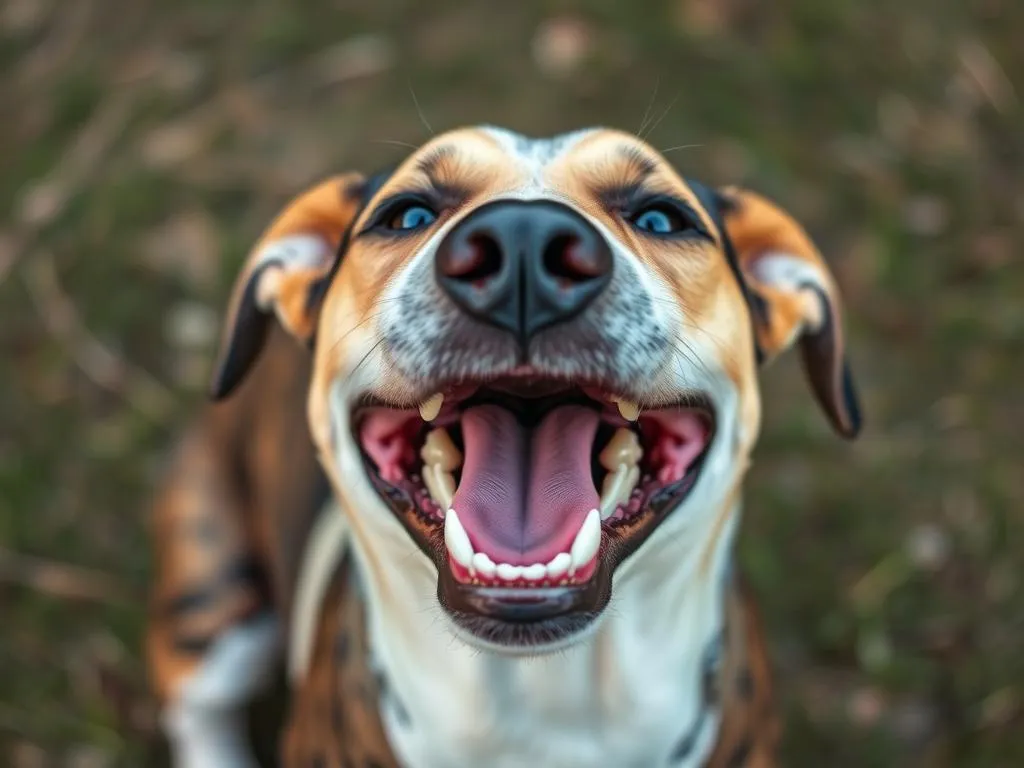
Introduction
Dental health is a crucial aspect of overall well-being for dogs. Just like in humans, neglecting dental hygiene can lead to a myriad of health issues that extend far beyond the mouth. This article focuses on the question: can dogs live without teeth? Understanding the implications of tooth loss in dogs is essential for pet owners who want to provide the best care for their furry companions.
Tooth loss in dogs often results from several common factors, including age, dental diseases, and trauma. As we dive deeper into canine dental health, we will explore how dogs adapt to life without teeth, the nutritional considerations that arise, and signs that your dog may need dental care.
Understanding Canine Dental Health
Importance of Dental Health in Dogs
Maintaining good dental health is vital for dogs as it can significantly affect their overall health. Poor oral hygiene can lead to periodontal disease, which not only causes discomfort for the dog but can also result in bacteria entering the bloodstream. This can lead to systemic diseases affecting the heart, liver, and kidneys. Ensuring that your dog’s teeth and gums are healthy will contribute to a longer and healthier life.
Common Dental Issues in Dogs
Dogs can suffer from various dental problems, including:
- Periodontal Disease: This is the most prevalent dental issue in dogs, characterized by inflammation and infection of the gums and supporting structures of the teeth.
- Tooth Decay: While less common than in humans, dogs can still experience cavities, particularly if they consume sugary foods or have poor dental hygiene.
- Trauma and Fractures: Dogs are active animals and can injure their mouths, leading to tooth fractures or even loss.
- Genetic Predispositions: Some breeds are more prone to dental problems due to genetic factors, making regular check-ups essential.
Can Dogs Live Without Teeth?
Adaptations of Dogs Without Teeth
The short answer is yes, dogs can live without teeth. Many dogs adapt remarkably well to tooth loss. They may change their eating habits and food choices to accommodate their new condition. For instance, a dog without teeth will often prefer softer foods, which can still provide the necessary nutrition.
Nutritional Considerations
When caring for a dog without teeth, it’s crucial to ensure that their diet is appropriate. Here are some considerations:
- Soft Diet: Dogs without teeth benefit from a soft diet that is easy to chew. This can include canned dog food, soft kibble, or homemade meals that are easy to mash.
- Recommended Foods:
- Canned dog food
- Wet food formulated for seniors or those with dental issues
- Cooked meats and vegetables
- Soft, well-cooked grains like rice or oatmeal
Ensuring that your toothless dog receives a balanced diet is essential for maintaining their health and energy levels.
Health Implications of Tooth Loss
Tooth loss can have several health implications for dogs:
- Risks of Malnutrition: If a dog cannot eat properly due to missing teeth, there is a risk of malnutrition, which can lead to various health problems.
- Potential Digestive Issues: Dogs may struggle to digest food properly if they cannot chew it, leading to gastrointestinal discomfort.
- Impact on Quality of Life: While many dogs adapt well, tooth loss can impact their overall quality of life, affecting their ability to enjoy food and play.
Signs Your Dog May Need Dental Care
Behavioral Signs
Pet owners should be vigilant about changes in their dog’s behavior, as these can indicate dental issues:
- Changes in Eating Habits: If your dog suddenly refuses to eat or shows signs of discomfort while eating, it may indicate dental pain.
- Reluctance to Chew or Play: A dog that usually enjoys chewing on toys or bones may stop if they’re experiencing dental issues.
Physical Signs
Look for these physical symptoms that may signal the need for dental care:
- Bad Breath (Halitosis): Persistent bad breath can indicate dental disease or other health issues.
- Swollen or Bleeding Gums: Healthy gums should be pink; swelling or bleeding can signify periodontal disease.
- Loose or Missing Teeth: Obvious signs of tooth loss or mobility should prompt a veterinary visit.
Preventive Dental Care for Dogs
Routine Dental Check-ups
Regular veterinary dental examinations are essential for preventing dental issues in dogs. The frequency of these check-ups can depend on your dog’s age, breed, and dental history. Typically, an annual check-up is recommended, but some dogs may require more frequent visits.
At-home Dental Care
Maintaining good dental health at home is crucial. Here are some effective practices:
- Brushing Techniques and Products: Regular brushing can help prevent plaque buildup. Use toothpaste specifically formulated for dogs and a soft-bristle toothbrush.
- Dental Chews and Toys: Providing dental chews can help mechanically clean your dog’s teeth while they chew.
- Importance of Maintaining a Dental Care Routine: Establishing a regular dental care routine can significantly reduce the risk of dental diseases.
Treatment Options for Dental Issues
Professional Dental Cleaning
Professional dental cleaning by a veterinarian is essential for dogs with significant dental problems. This procedure typically involves anesthesia and allows for a thorough cleaning of the teeth and gums. Regular professional cleanings can prevent the need for more invasive treatments later.
Tooth Extraction Procedures
In some cases, tooth extraction may be necessary due to severe decay or periodontal disease. Here’s what to expect:
- When Tooth Extraction is Necessary: Signs that extraction may be needed include advanced periodontal disease, fractured teeth, or severe tooth decay.
- Recovery and Care Post-Extraction: Post-extraction care includes following your veterinarian’s instructions for diet and activity level. Pain management may also be necessary.
Alternatives to Tooth Extraction
Not all dental issues require extraction. Some alternatives include:
- Dental Crowns and Fillings: For fractured teeth, crowns or fillings can provide a solution that preserves the tooth structure.
- Non-Invasive Treatments: Some dental issues can be treated with non-invasive methods, such as fluoride treatments or sealants.
Living with a Toothless Dog
Adjusting Care for Toothless Dogs
Caring for a toothless dog requires some adjustments to ensure their comfort and well-being:
- Tips for Feeding and Daily Care: Opt for softer foods and monitor their eating habits closely. Make sure their water is easily accessible.
- Modifying Play and Exercise Routines: Since chewing may be difficult, consider providing toys that are safe for toothless dogs and focus on gentle play that doesn’t require chewing.
Understanding Behavioral Changes
Tooth loss can affect a dog’s behavior. Be aware of the following:
- How Dental Issues Can Affect a Dog’s Behavior: Pain from dental issues can lead to irritability or withdrawal.
- Recognizing Pain or Discomfort: Signs of pain may include whining, reluctance to move, or behavioral changes. Regular check-ins with your veterinarian can help manage any discomfort.
Conclusion
In summary, dogs can live without teeth, but it does require some adjustments in care and diet. Understanding the importance of dental health and being aware of the signs of dental issues can help you provide the best care for your furry friend. Regular veterinary check-ups and at-home dental care routines are essential to maintain your dog’s oral health.
As a pet owner, prioritizing dental care is vital for ensuring your dog’s comfort and quality of life. By staying informed and proactive, you can help your dog thrive, even if they lose a few teeth along the way.









